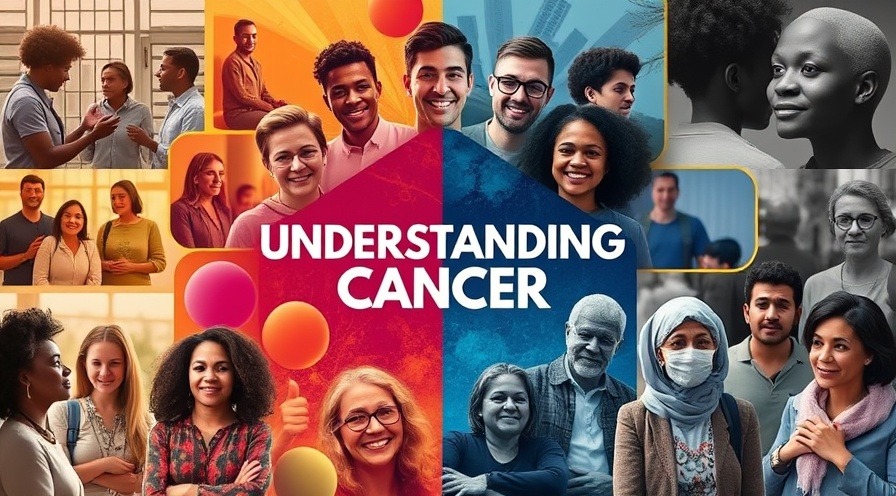
Understanding Cancer Disparities: A Closer Look
Cancer affects millions, but its impact varies widely across different communities and demographics. Aging adults, especially those over 50, often fall into higher risk categories. However, not everyone experiences these risks equally due to various factors like socioeconomic status, ethnicity, and access to medical care. This disparity is critical to understand, especially as we navigate our health and wellness.
In "Cancer impacts everyone, but it doesn’t impact everyone equally," the discussion dives into the disparities in cancer effects, prompting our exploration of its key insights.
The Importance of Regular Screenings
One of the key takeaways from the video titled "Cancer impacts everyone, but it doesn’t impact everyone equally" is the essential role that regular screenings play in cancer detection. Early detection can significantly improve treatment outcomes, making it vital for individuals, especially those over 50, to discuss appropriate screenings with their doctors.
The American Cancer Society emphasizes that even if you feel healthy, it’s important to have regular check-ups. In fact, many cancers can develop silently, without any symptoms. Screening tests can help catch these diseases early, which is crucial for effective treatment. We encourage readers to visit cancer.org/getscreen for personalized information about the types of screenings that might be recommended based on individual risk factors.
Social Determinants of Health: Why They Matter
The disparities in cancer's impact can often be traced back to social determinants of health. Factors such as access to healthcare, education, and income levels greatly influence how effectively individuals can prevent and treat cancer. For example, communities with fewer healthcare resources often have higher cancer rates and poorer outcomes. By understanding these disparities, we can begin to advocate for better health policies that support all communities equally.
Empowering Communities Through Education
Education plays a crucial role in addressing cancer disparities. When communities are well-informed about the types of cancers prevalent in their demographic, they can take proactive measures. Workshops, informational seminars, and community health initiatives are effective ways to spread awareness about cancer risks and screening options.
Moreover, supporting organizations that focus on educating at-risk communities can lead to significant changes in health outcomes. Empowering individuals with information creates a ripple effect, affecting not just personal health choices but entire community health.
Steps You Can Take Today
So, what can you do to advocate for your health or the health of your loved ones? Here are some actionable steps:
Schedule regular health screenings and consultations with your doctor, discussing any concerns openly.
Stay informed about the types of cancer that are most common in your demographic or family history.
Support local health initiatives aimed at reducing health disparities.
Share information about cancer screenings with friends and family to raise awareness.
Consider participating in community events that promote health and wellness.
Conclusion: Your Health Matters
It’s clear that cancer impacts everyone, but recognizing that it doesn’t impact everyone equally allows us to treat this disease more effectively. By advocating for regular screenings and understanding the social determinants of health, we can make strides toward a healthier future for all. Take action now to prioritize your health; every small step can lead to significant changes.
 Add Row
Add Row  Add
Add 




Write A Comment